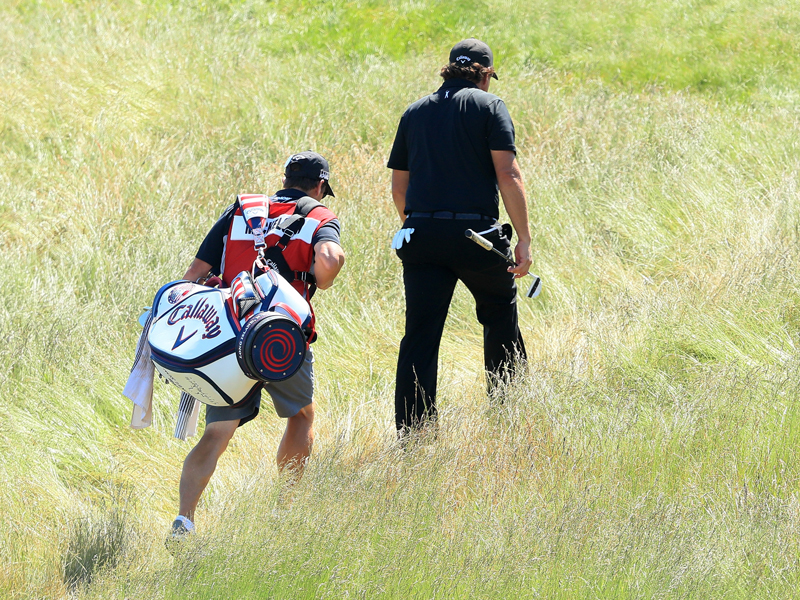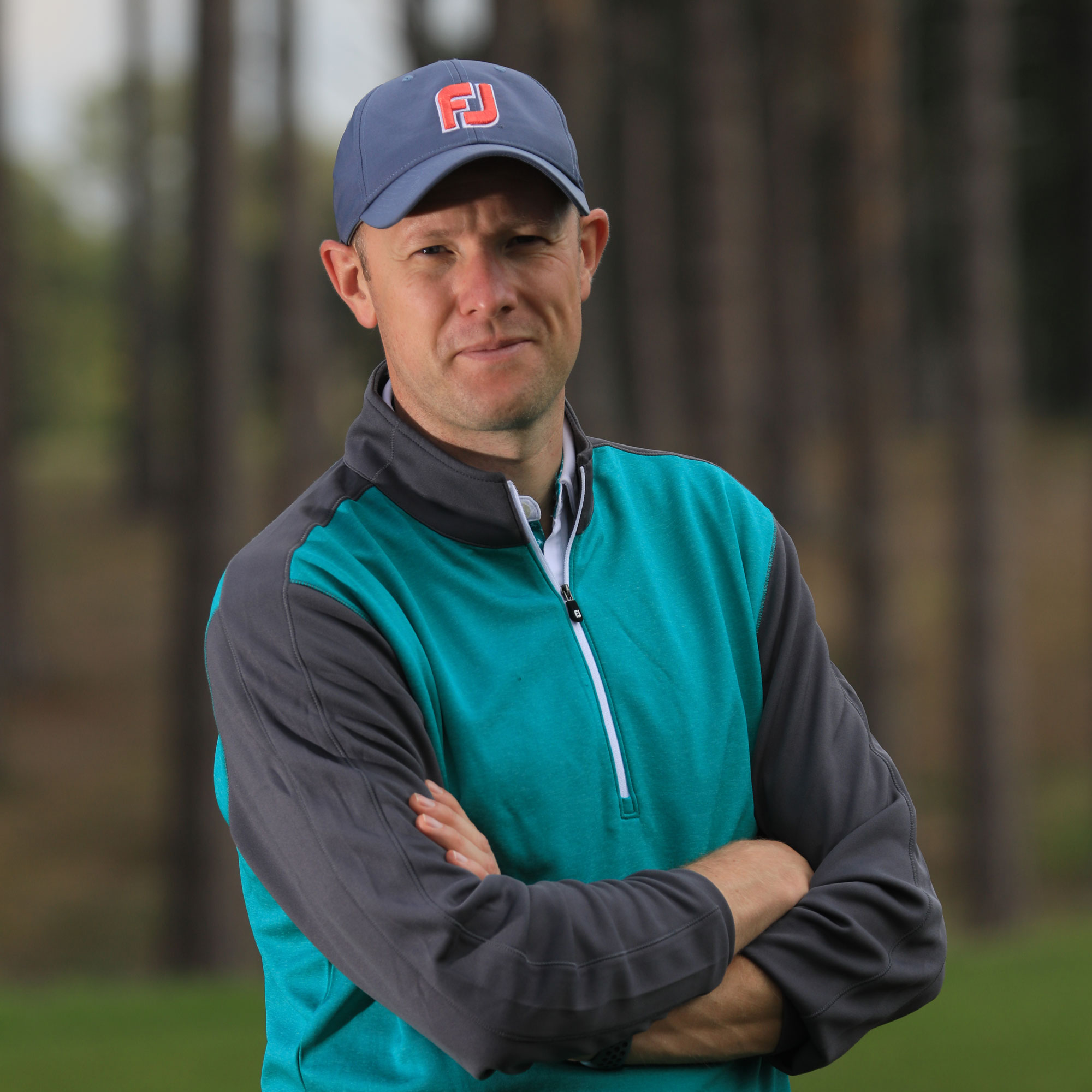Did the USGA go too far? US Open 2018 Verdict


Man-made farce or captivating drama? Neil Tappin offers his US Open 2018 Verdict about a tournament that will be remembered as much for the organisers as the winner.
Did the USGA go too far? US Open 2018 Verdict
Brooks Koepka may have emerged from the pack to claim his second consecutive US Open title, but this major will be remembered as much for controversy and farce as for the golf itself. That we are left talking more about the organisers than the winner, tells you all you need to know about what is becoming an annual pantomime that divides the golf-watching public.
Let’s be clear from the start, the US Open has, over many years, developed a reputation as the hardest of the four golf majors. Win this one and you can rightly call yourself one of the game’s greats – that’s the theory. Indeed, watching the world’s best players struggle to tame a truly brutal test can make for captivating viewing. As a ‘USP’, this makes perfect sense.
And yet, golf is a sport that does not need to be reinvented. In recent history the US Open has given us a 300-yard par 3 and a 546-yard par 4. Sixty-yard wide fairways and rough you could lose a toddler in have now become the norm. At Chambers Bay in 2015 (a golf course that was only opened in 2007), the USGA exposed the greens to warm and windy conditions without water. The putting surfaces were not mature enough or frankly, good enough, to do this and in the end they deteriorated to such a degree that you wouldn’t have wanted to host the monthly medal on them, let alone the US Open.
Lesson learned, surely?
Subscribe to the Golf Monthly newsletter to stay up to date with all the latest tour news, equipment news, reviews, head-to-heads and buyer’s guides from our team of experienced experts.
Well, not exactly. This year, the USGA under the stewardship of Chief Executive Mike Davis, took things a step further. On day three of the Championship, a combination of sun and strong winds made the course play incredibly fast. The biggest mistake was placing pins on the edges of slopes. Great shots were routinely punished, skill played second fiddle to luck and the final four groups had an accumulative total of 46-over par. Playing well over the first two days and getting a late tee time became a punishment.
Of course, the farcical nature of the test received a fittingly farcical moment. When Phil Mickelson hit his ball while it was in motion, it created a furore over whether Lefty should have been disqualified. Regardless of which side of the fence you sit, this was the action of a mind clouded by a tricked up golf course. It was pure frustration that led Mickelson to make this mistake but in so doing, he sent a clear message to the organisers. If you do silly things to the course, you’ll get a silly reaction from the players. It was a moment unbefitting of a major sporting event.
As for Shinnecock Hills, this truly magnificent old layout was made to look foolish. Every amateur golfer should want to play this incredible course and yet, how many people watching were salivating at the prospect of putting their own game’s through this trauma? Is this what the original designers had in mind when they created the first layout here over a 125 years ago?
And so, yet again, we find ourselves dissecting the actions of the USGA rather than the miraculous play of the winner. The lessons of past US Open mistakes have clearly not been learned. Like a referee stealing the limelight in the World Cup final, the USGA seem hell bent on making this tournament about them.
The USGA should watch how the R&A set up their courses for the Open Championship. There is no mythical scoring figure in mind, instead the players get what Mother Nature gives them. If, in the build up to the Open we have a warm, wet summer, the rough will be naturally thick and lush. That also means the greens will be relatively soft and receptive. If strong winds are forecast, pins are placed in flat areas. If the forecast changes, the scoring improves – so what?
In their quest to make the examination paper of the US Open the toughest in the game, the USGA have gone too far. Again.

In July 2023, Neil became just the 9th editor in Golf Monthly's 112-year history. Originally working with the best coaches in the UK to produce instruction content, he has also presented many Golf Monthly videos looking at all areas of the game from Tour player interviews to the rules of golf.
Throughout his time with the brand he has also covered equipment launches that date back well over a decade. He clearly remembers the launch of the Callaway and Nike square drivers as well as the white TaylorMade driver families, such as the RocketBallz! If you take a look at the Golf Monthly YouTube channel, you'll see his equipment videos dating back over a decade! He has also conducted 'What's In The Bag' interviews with many of the game's best players like Rory McIlroy, Dustin Johnson and Jon Rahm. Over the years, Neil has tested a vast array of products in each category and at drastically different price-points.
Neil is currently playing: Driver: TaylorMade Stealth Plus Fairway Wood: Titleist TSR2 Hybrid: Titleist TS3 Irons: PING Blueprint S (4&5), PING Blueprint T (6-PW) Wedges: Titleist Vokey SM7 50˚, 54˚, 60˚ Putter: Odyssey Triple Track Ten Ball: Titleist Pro V1X